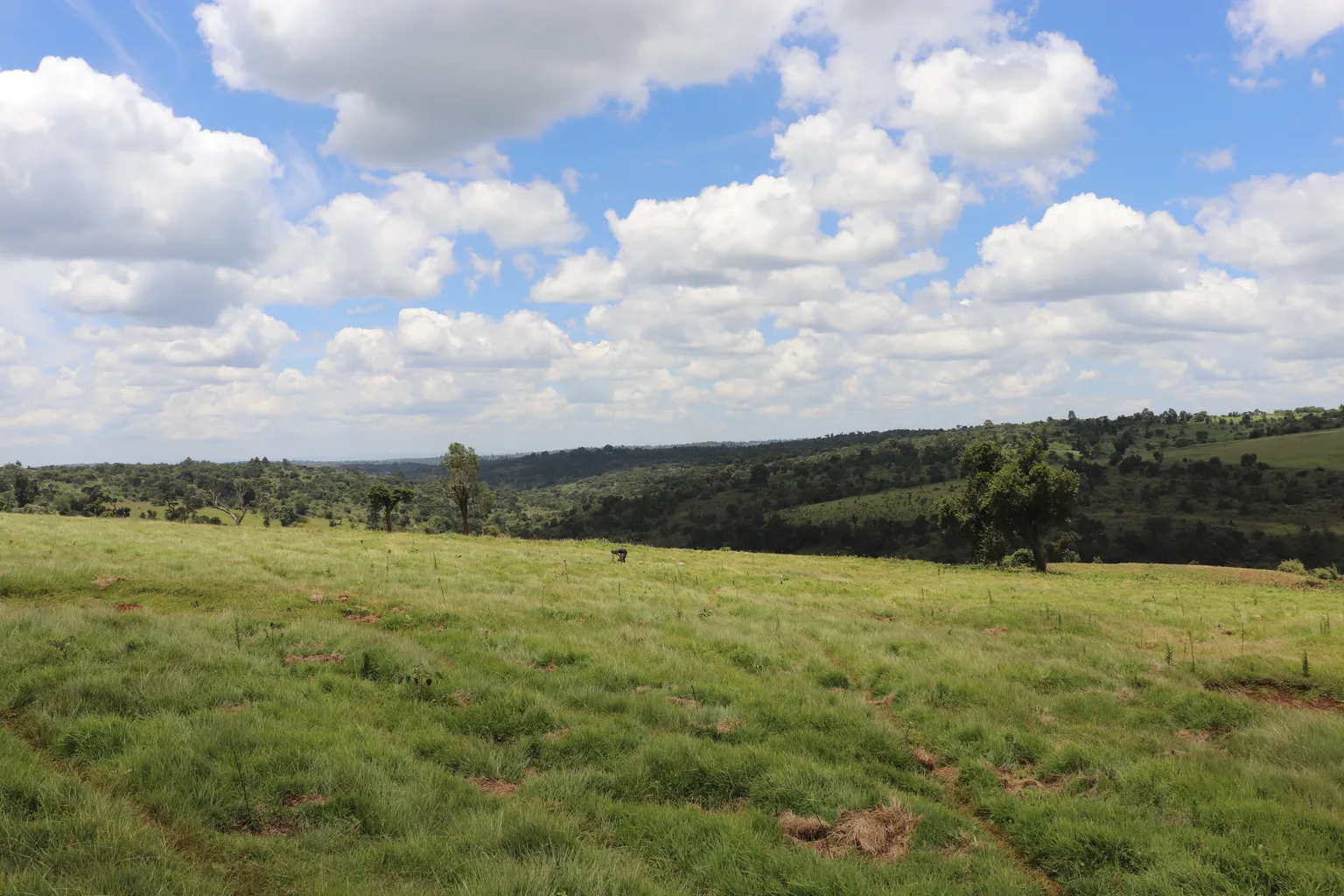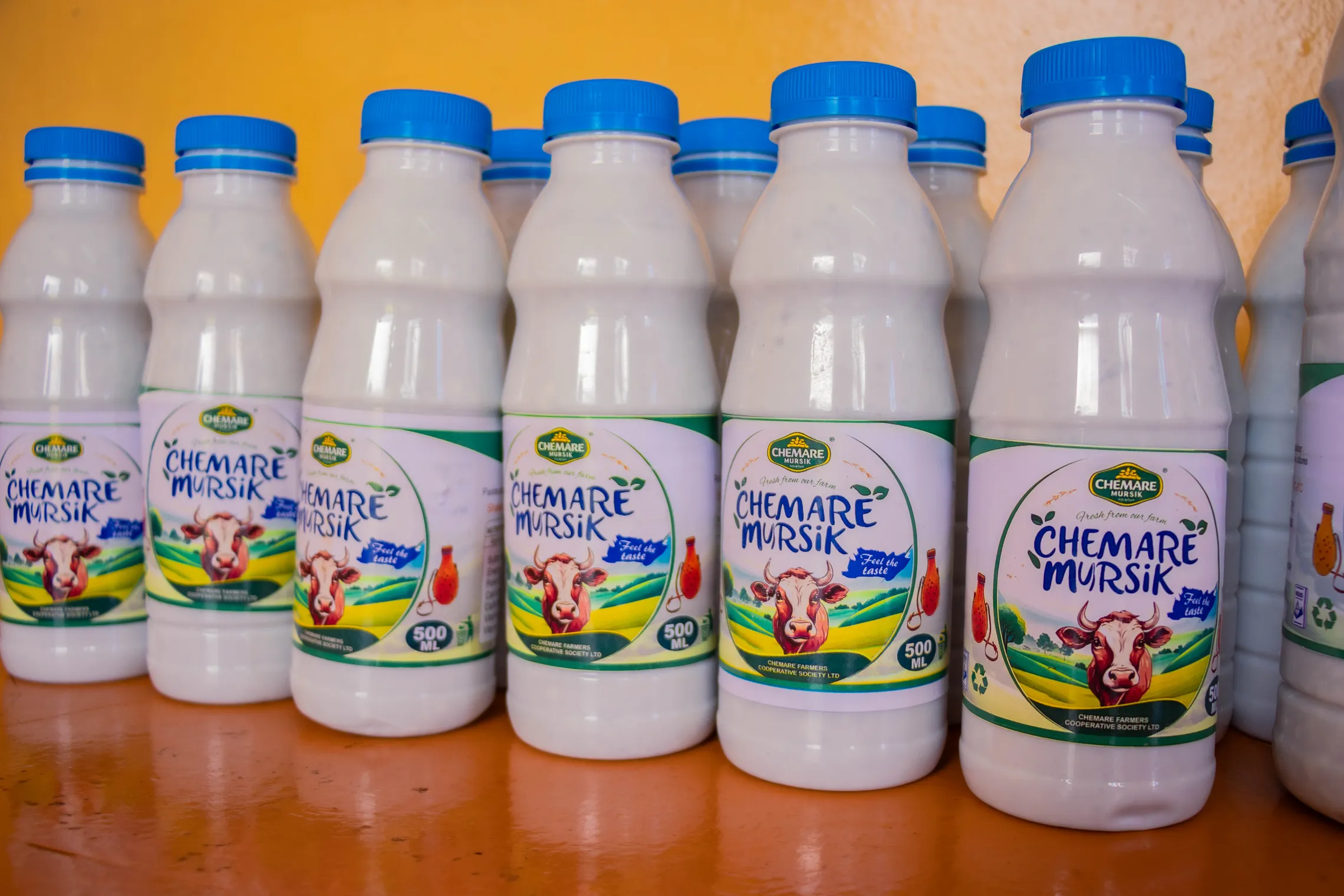Sustainable dairy intensification in Mau

"Young people can get into farming, make a good income and prosper. Everything you see here today started with one cow, some 14 years ago." Robert Koech says, smiling.
Today, we find Robert tending to two Friesian cows. "Each of them produces 10 litres of milk a day. Daily, I deliver 15 litres to the cooperative at a rate of 42 Kenya shillings per kilogram," he explains.
Twenty-nine-year-old Robert Koech from Kuresoi North, Nakuru County, is one of the 1,800 member farmers of the Chemare Dairy Farmers Cooperative Society. His expansive farm is a sight to behold. Spread across four acres, it has different varieties of fodder and pasture.
The Mau forest, a critical ecological zone, faces pressures from agricultural expansion, making it essential to explore sustainable practices that can balance productivity with environmental conservation.
With funding from IDH, SNV and its partners—through the Initiative for Sustainable Landscapes (ISLA) project—aim to restore and conserve 60,000 hectares of the Mau Forest by 2030. This is being pursued by establishing financially viable public–private partnership models that promote sustainable land and water management in the vulnerable landscapes of South-West Mau. Mindful of the need to conserve the forest complex which is the largest of Kenya's five watersheds, SNV through the ISLA project has initiated alternative approaches to support dairy farmers.
So far, SNV has piloted an alternative livestock grazing system for the communities living around the forest. In this alternative system, livestock are reared in a semi-zero-grazing system, increasing their productivity while reducing grazing pressure in the forest.
One of the most significant challenges faced by livestock farmers in the Mau region which the project sought to address is the availability and quality of feed. The forest ecosystem, while providing some grazing opportunities, often lacks sufficient high-quality fodder to meet the nutritional needs of dairy cows. The reliance on natural pastures has led to nutritional deficiencies, particularly during dry seasons when forage availability is limited. Farmers struggle to access adequate feed, which is essential for maintaining milk production and overall animal health. The ISLA project has worked to introduce alternative feed production systems, utilising demonstration sites to penetrate the grassroots. The Chemare Farmers Cooperative’s learning site supported by the project has a variety of fodder and pasture, including sorghum, sweet potato vines, maize for silage, Super Napier grass variety, oat grass and Sesbania Sesban.
"Before the project, most farmers would take their animals inside the forest. This was not only illegal but also highly unproductive, as the animals had to walk long distances in search of adequate grazing areas. After receiving training in environmental conservation, forest preservation, and fodder production, farmers like Robert have been able to establish their own fodder production units and reduced their livestock herds to focus on more productive breeds," explains Benard Kipkorir Bett, Extension Officer at Chemare Dairy Cooperative.

A section of the Mau Forest complex

Benard and members of Chemare Farmer Cooperative in the cooperative's demo farm
The benefits of cooperative membership extend beyond just milk delivery and trainings, Robert explains.
"We have a check-off system within the cooperative, allowing me to access inputs like feeds and services like Artificial Insemination on credit, with repayment made through milk deliveries. This system has supported my growth, ensuring that even when I lack adequate financial resources, I can still access what I need."
The growth of farmers has gone hand in hand with the expansion of Chemare Cooperative. Today, the cooperative has moved into milk value addition. Following a thorough market analysis, it chose to begin with Mursik—a traditional fermented milk product popular among the Kalenjin community in Kenya. Mursik is made from pasteurised milk and activated charcoal (wosek) derived from the African senna tree. The project supported the cooperative by supplying essential ingredients and establishing market linkages to help penetrate the market and ensure the product’s success.
"Within the Chemare Strategic Plan, we had a clear vision to add value to our milk. As a cooperative, we realised that our farmers were not earning enough, as milk prices would fluctuate whenever we sold to processors. Today, our farmers are earning more than ever thanks to increased income from value addition. Value-added milk sells at 130 Kenya Shillings per kilogram, compared to just 42 Shillings for raw milk."— Fancy Bii, Extension Officer and Value Addition Specialist, Chemare Cooperative

Value added milk from the Chemare cooperative
Chemare Cooperative was recently recognised by the Nakuru County Government as the best farmer cooperative in value addition. It is now officially licensed by the Kenya Dairy Board to sell its value-added dairy products.
Dairy intensification in the Mau Forest region is demonstrating strong potential to increase productivity, improve local livelihoods, and reduce pressure on forest resources. As the Mau Forest—a critical ecological zone—continues to face threats from agricultural expansion, it is essential to adopt sustainable practices that balance increased dairy production with environmental conservation.
Sustainable land and water management, paired with cooperative strengthening and targeted support, can ensure that dairy growth does not come at the expense of forest ecosystems. These efforts are key to building a more resilient and environmentally responsible dairy sector in the region.